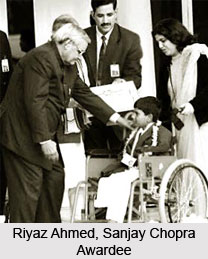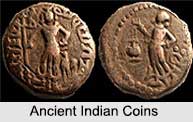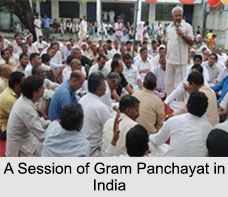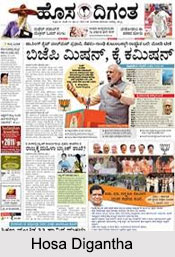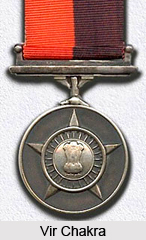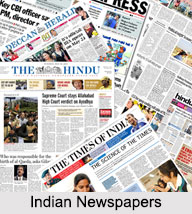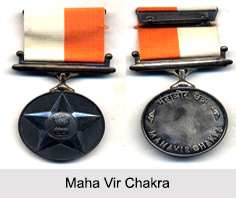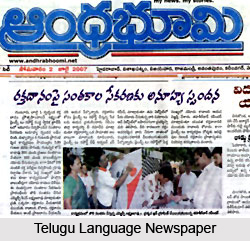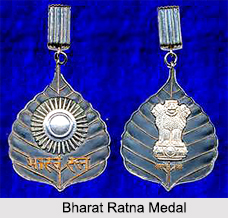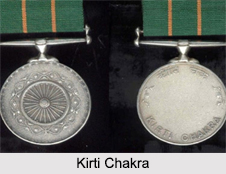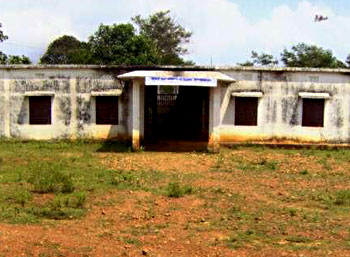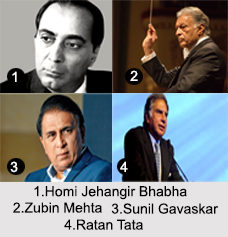Ministerial Departments in ancient India were presided over by heads and were called adhyakshas in the Mauryan age and karmasachivas in the Saka administration. In ancient India there was no differentiation between the head of the department and the minister who is in charge of it. The number of departments was few in early times. According to Vishnu smriti there are four of them-mines, customs, ferry and elephants. In pre-historic Kashmir there were seven departments and Jalauka, the son of Ashoka increased it to eighteen. This was raised to twenty three by king Lalitaditya about ten centuries later. The epics refer to eighteen departments which are called tirthas.
Monarchy was the prevalent form of government the department of the Royal Household was an important division. The responsibility of the palace and its surroundings were assigned to dvasathika in Bengal and known as saudha-gehadhipa in Shukraniti. The entrance into and the way out from the palace and royal camp were controlled strictly by an officer called dvarapala. Passports were necessary for this purpose which was issued by an officer called mudra dhipa. Visitors and ambassadors were guided into the royal presence by an officer called pratihara or mahapratihara. The king had a bodyguard of his own who was named angarakshaka. In chalukya administration he was called anganiguhaka. The comptroller of Royal Household was known as sambharapa. The officers in charge of the royal treasury, kitchen, museum and zoo probably worked under him. The officer in charge of the kitchen had to take particular precautions to see that no attempt was made to poison the king.
There was a royal physician at the king`s court. In the Gahadawala records he is probably referred to as aramadhipa by Sukra. When astrology became popular in the seventh century A.D. the court maintained a royal astrologer whose advice was often taken when he would start a military expedition.
This article is a stub. You can enrich by adding more information to it. Send your Write Up to content@indianetzone.com





